
How to Use QB062/QB078 Humidifier Module: Examples, Pinouts, and Specs
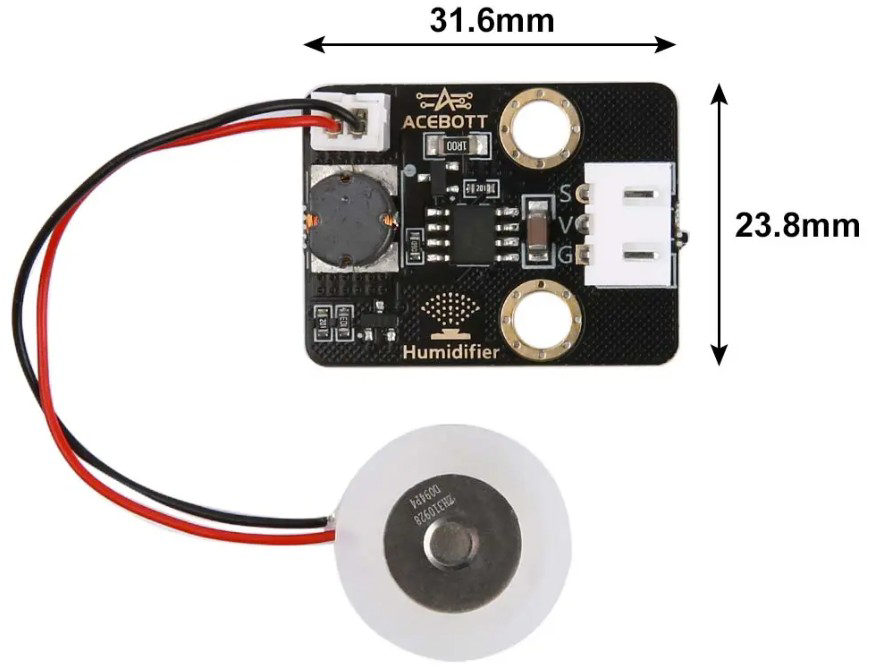
 Design with QB062/QB078 Humidifier Module in Cirkit Designer
Design with QB062/QB078 Humidifier Module in Cirkit DesignerIntroduction
The QB062/QB078 Humidifier Module, manufactured by Acebott, is a compact and efficient device designed to add moisture to the air. It is commonly used in HVAC systems, greenhouses, industrial environments, and home appliances to maintain optimal humidity levels. By dispersing water vapor, this module enhances comfort, prevents dryness, and supports the preservation of materials sensitive to low humidity.
Explore Projects Built with QB062/QB078 Humidifier Module
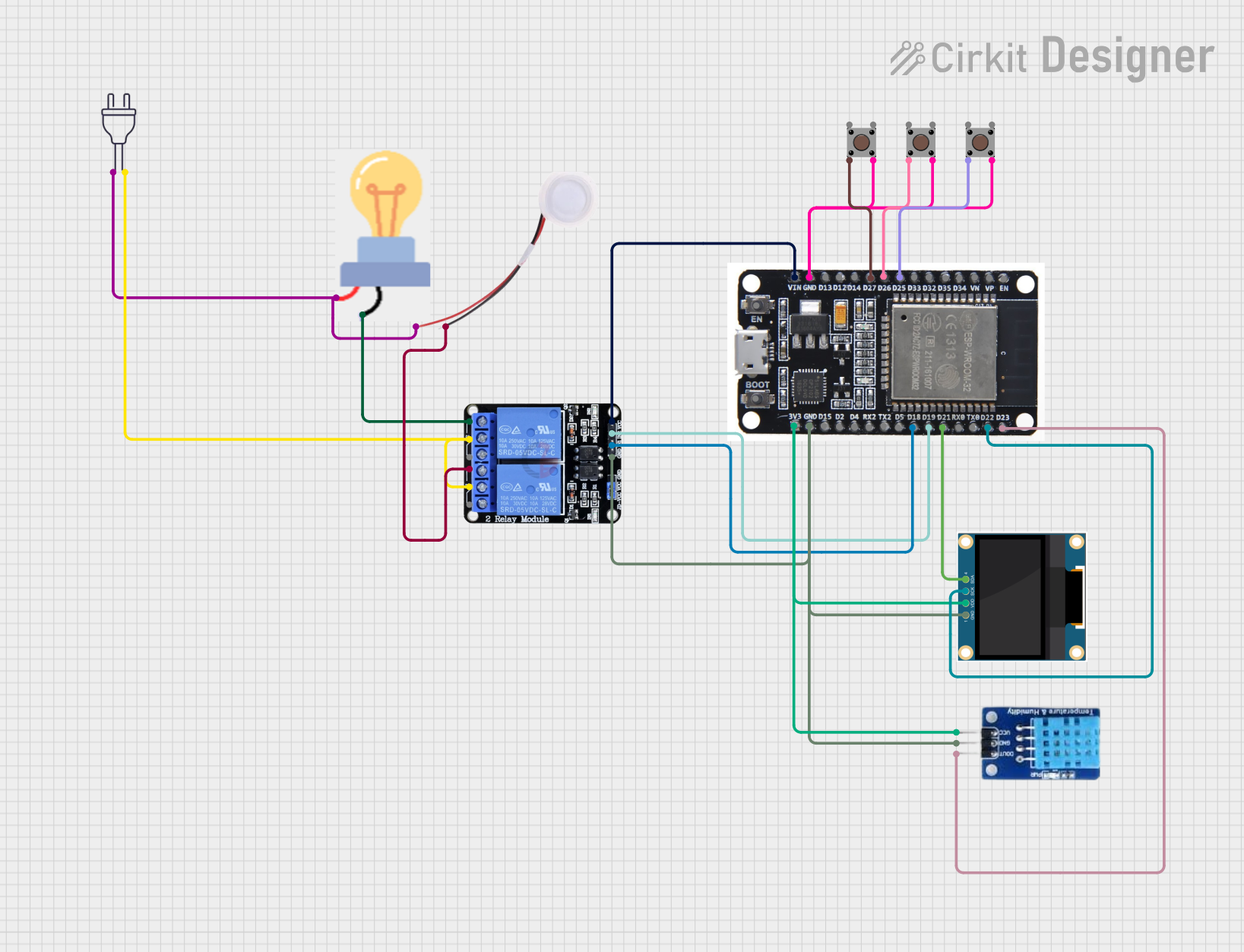
 Open Project in Cirkit Designer
Open Project in Cirkit Designer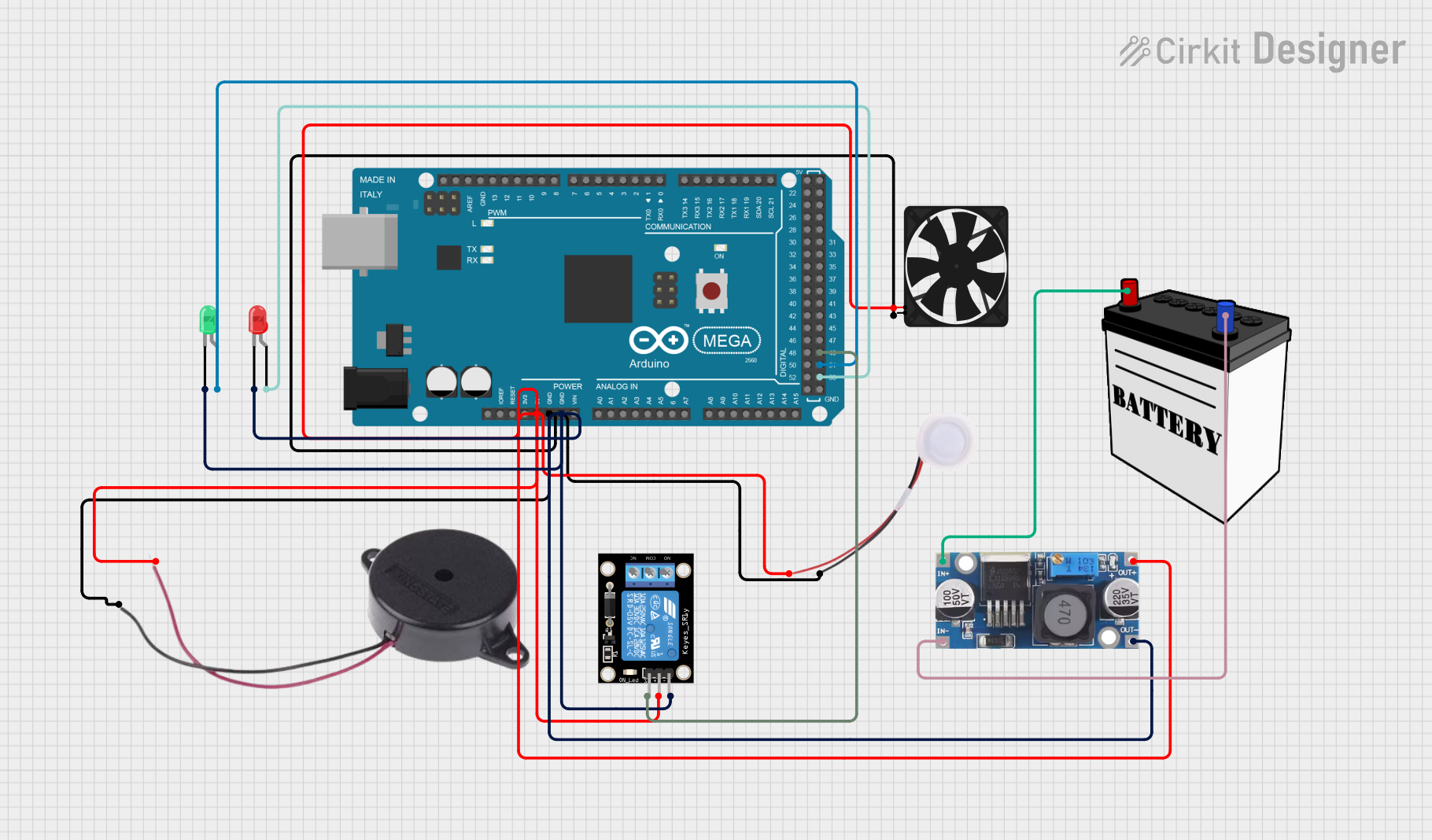
 Open Project in Cirkit Designer
Open Project in Cirkit Designer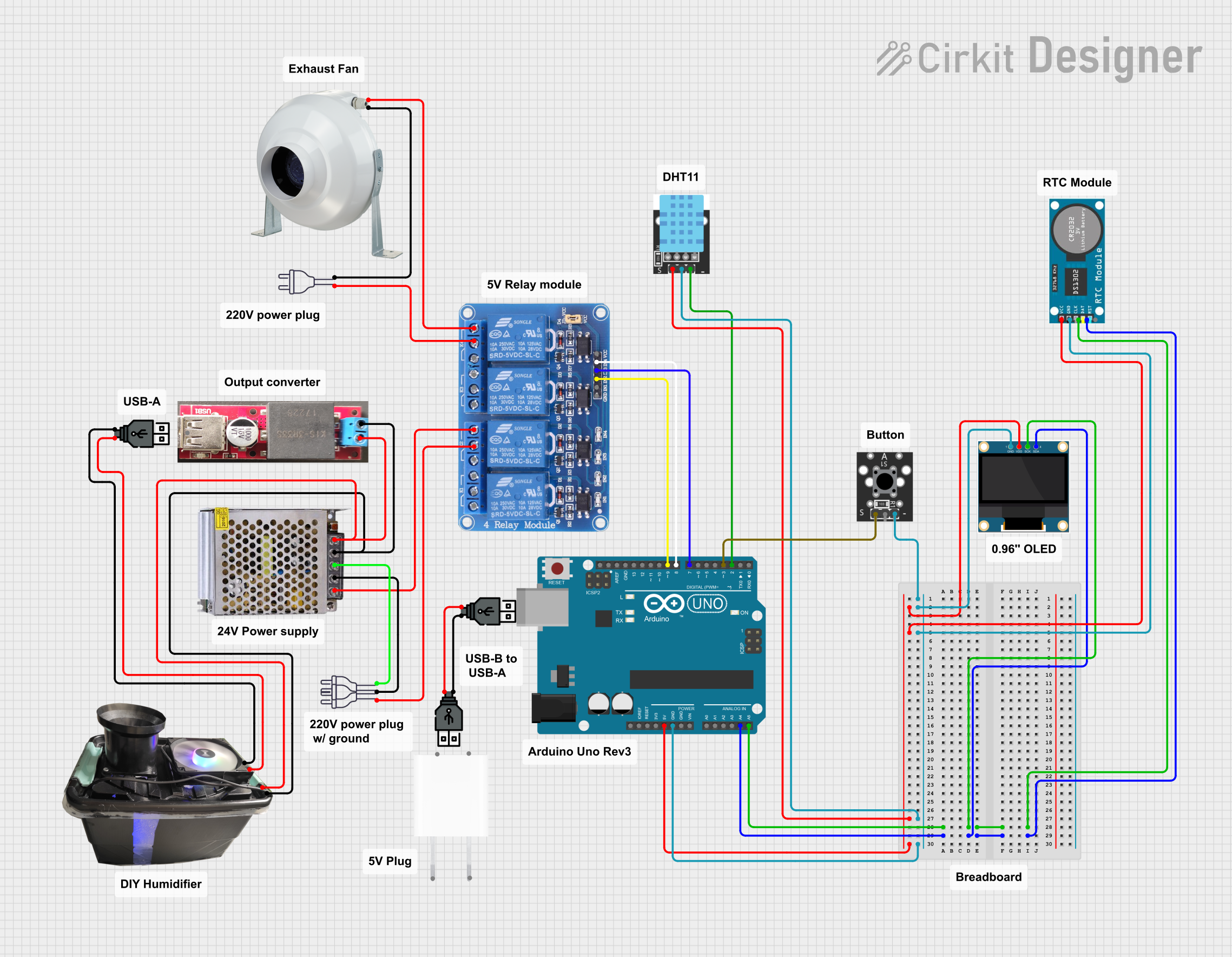
 Open Project in Cirkit Designer
Open Project in Cirkit Designer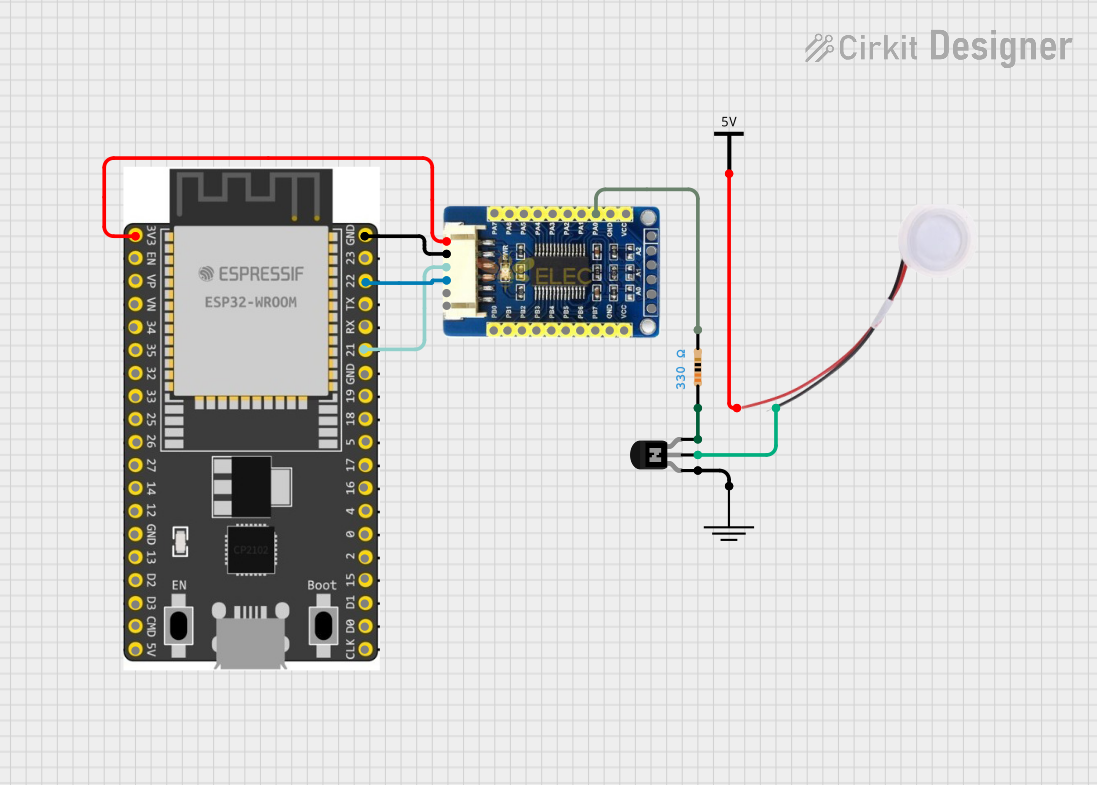
 Open Project in Cirkit Designer
Open Project in Cirkit DesignerExplore Projects Built with QB062/QB078 Humidifier Module

 Open Project in Cirkit Designer
Open Project in Cirkit Designer
 Open Project in Cirkit Designer
Open Project in Cirkit Designer
 Open Project in Cirkit Designer
Open Project in Cirkit Designer
 Open Project in Cirkit Designer
Open Project in Cirkit DesignerCommon Applications
- HVAC systems for residential and commercial use
- Greenhouses to maintain plant-friendly humidity levels
- Industrial environments requiring controlled moisture
- Home appliances such as humidifiers and air purifiers
- Laboratories and storage facilities for sensitive materials
Technical Specifications
The QB062/QB078 Humidifier Module is designed for reliable and efficient operation. Below are its key technical details:
| Parameter | Value |
|---|---|
| Manufacturer | Acebott |
| Part ID | QB062/QB078 |
| Operating Voltage | 12V DC |
| Operating Current | 300mA (typical) |
| Power Consumption | 3.6W |
| Humidification Rate | 300 mL/hour |
| Operating Temperature | 5°C to 50°C |
| Storage Temperature | -10°C to 60°C |
| Dimensions | 50mm x 50mm x 20mm |
| Weight | 45g |
Pin Configuration and Descriptions
The module features a simple pinout for easy integration into circuits:
| Pin | Name | Description |
|---|---|---|
| 1 | VCC | Power input (12V DC) |
| 2 | GND | Ground connection |
| 3 | CONTROL | PWM input for controlling humidification intensity |
Usage Instructions
How to Use the QB062/QB078 in a Circuit
- Power Supply: Connect the VCC pin to a stable 12V DC power source and the GND pin to the ground.
- Control Signal: Use the CONTROL pin to adjust the humidification rate. This pin accepts a PWM signal (0-5V logic level) to modulate the intensity of water vapor output.
- Water Source: Ensure the module is supplied with clean water. Avoid using hard water to prevent mineral buildup.
- Placement: Position the module in a well-ventilated area to allow even dispersion of moisture.
Important Considerations
- Water Quality: Use distilled or demineralized water to prevent scaling and ensure long-term reliability.
- Ventilation: Avoid enclosing the module in a sealed space, as this may lead to overheating or uneven humidification.
- PWM Signal: Ensure the PWM signal frequency is between 1kHz and 10kHz for optimal performance.
- Safety: Do not operate the module without water, as this may damage the internal components.
Example: Connecting to an Arduino UNO
The QB062/QB078 can be controlled using an Arduino UNO. Below is an example code snippet to control the humidification rate using PWM:
// Define the CONTROL pin connected to the module
const int controlPin = 9; // PWM pin on Arduino UNO
void setup() {
pinMode(controlPin, OUTPUT); // Set the CONTROL pin as an output
}
void loop() {
// Gradually increase humidification intensity
for (int dutyCycle = 0; dutyCycle <= 255; dutyCycle += 5) {
analogWrite(controlPin, dutyCycle); // Send PWM signal to CONTROL pin
delay(50); // Wait 50ms before increasing intensity
}
// Gradually decrease humidification intensity
for (int dutyCycle = 255; dutyCycle >= 0; dutyCycle -= 5) {
analogWrite(controlPin, dutyCycle); // Send PWM signal to CONTROL pin
delay(50); // Wait 50ms before decreasing intensity
}
}
Notes:
- The
analogWrite()function generates a PWM signal on the specified pin. - Adjust the delay and step size in the loop to modify the rate of intensity change.
Troubleshooting and FAQs
Common Issues and Solutions
Module Does Not Turn On
- Cause: Insufficient power supply or incorrect wiring.
- Solution: Verify that the VCC pin is connected to a stable 12V DC source and the GND pin is properly grounded.
No Water Vapor Output
- Cause: Lack of water or clogged dispersal mechanism.
- Solution: Ensure the water reservoir is filled and clean the module to remove any mineral deposits.
Uneven Humidification
- Cause: Poor placement or insufficient ventilation.
- Solution: Reposition the module in a well-ventilated area and ensure unobstructed airflow.
PWM Control Not Working
- Cause: Incorrect PWM signal or frequency.
- Solution: Verify that the CONTROL pin is receiving a PWM signal with a frequency between 1kHz and 10kHz. Check the Arduino code for errors.
FAQs
Q: Can I use a 5V power supply instead of 12V?
A: No, the module requires a 12V DC power supply for proper operation.Q: Is the module waterproof?
A: The module is water-resistant but not fully waterproof. Avoid submerging it in water.Q: Can I use tap water with the module?
A: It is recommended to use distilled or demineralized water to prevent scaling and ensure longevity.Q: What is the maximum humidification rate?
A: The module can achieve a maximum humidification rate of 300 mL/hour.
By following this documentation, users can effectively integrate and operate the QB062/QB078 Humidifier Module in their projects.